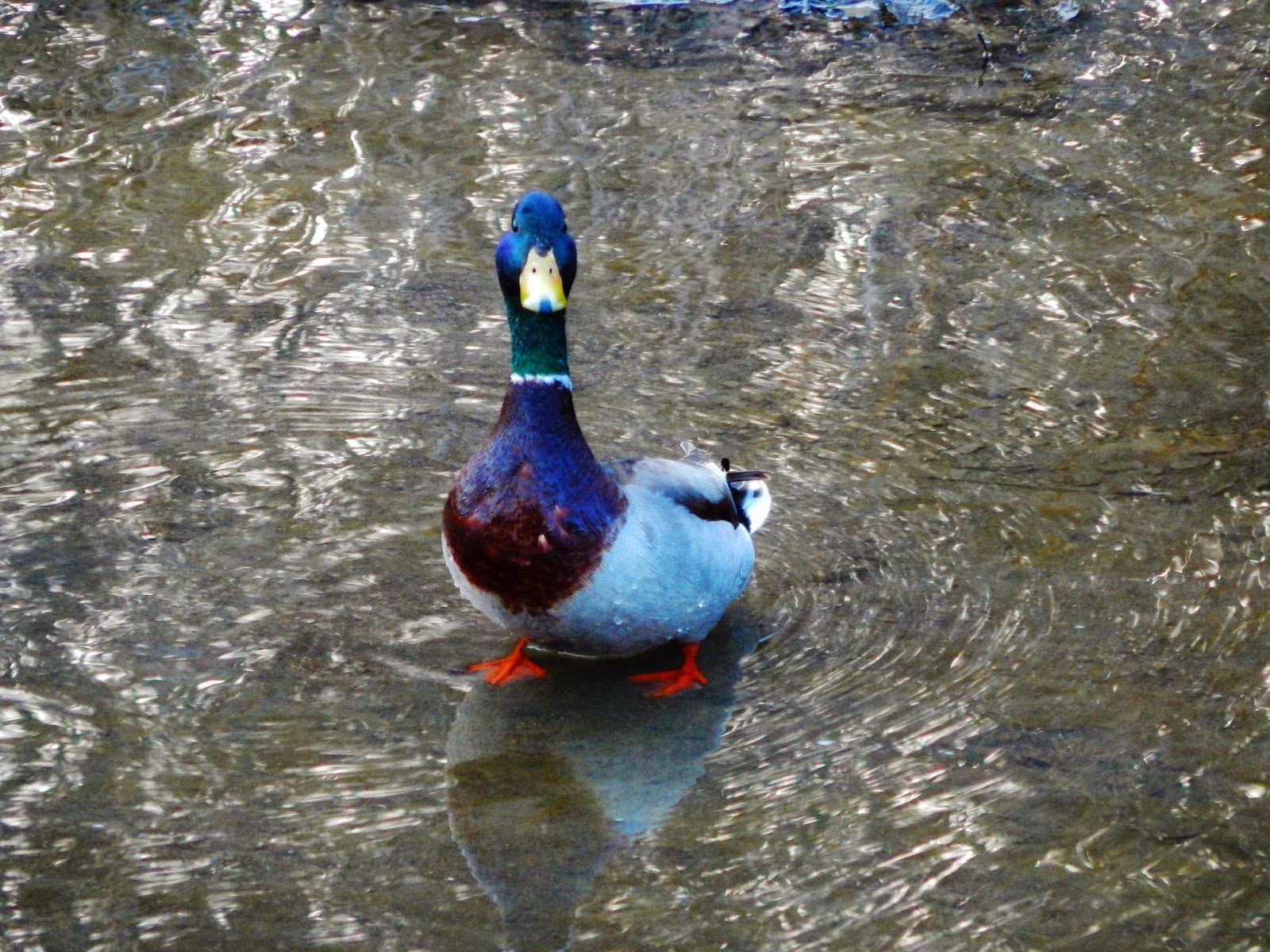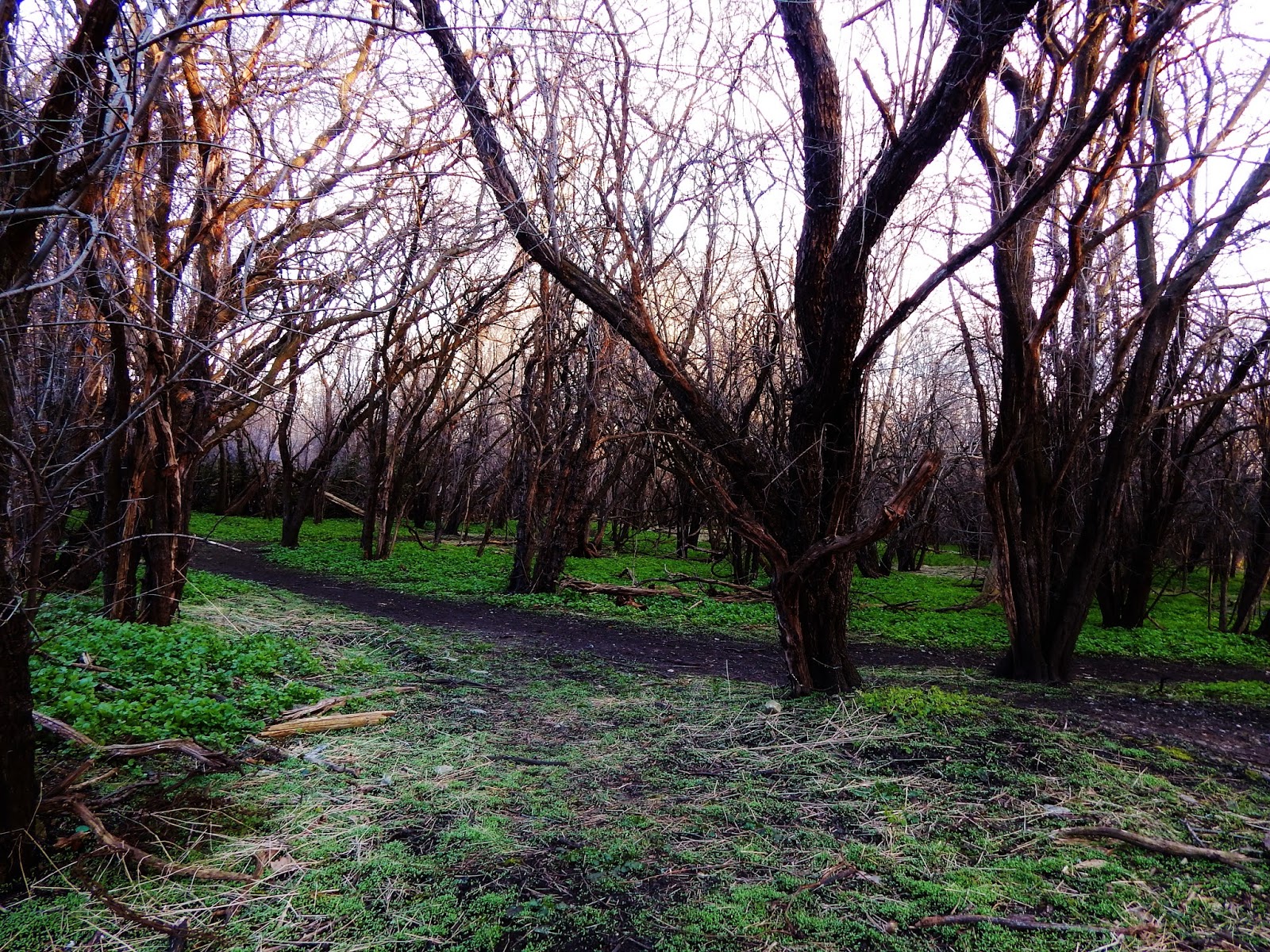Botany is a natural science concerned with the study of plants. The main branches of botany (also referred to as "Plant science") are commonly divided into three groups: core topics, concerned with the study of the fundamental natural phenomena and processes of plant life, the classification and description of plant diversity; applied topics which study the ways in which plants may be used for economic benefit in horticulture, agriculture and forestry and organismal topics which focus on plant groups such as algae, mosses or flowering plants.
Botany is the scientific study of plants. "Plants," to most people, means a wide range of living organisms from the smallest bacteria to the largest living things - the giant sequoia trees. By this definition plants include: algae, fungi, lichens, mosses, ferns, conifers and flowering plants. Today scientists believe bacteria, algae and fungi are in their own distinct kingdoms, but most general botany courses, and most Botany Departments at colleges and universities, still teach about these groups.
Because the field is so broad, there are many kinds of plant biologists and many different opportunities available. Botanists interested in ecology study interactions of plants with other organisms and the environment. Other field botanists search to find new species or do experiments to discover how plants grow under different conditions. Some botanists study the structure of plants. They may work in the field, concentrating on the pattern of the whole plant. Others use microscopes to study the most detailed fine structure of individual cells. Many botanists do experiments to determine how plants convert simple chemical compounds into more complex chemicals. They may even study how genetic information in DNA controls plant development. Botanists study processes that occur on a time scale ranging from fractions of a second in individual cells to those that unfold over eons of evolutionary time.
The results of botanical research increase and improve our supply of medicines, foods, fibers, building materials, and other plant products. Conservationists use botanical knowledge to help manage parks, forests, range lands, and wilderness areas. Public health and environmental protection professionals depend on their understanding of plant science to help solve pollution problems.
Horticulture is the branch of agriculture that deals with the art, science, technology, and business of plant cultivation. It includes the cultivation of medicinal plant, fruits,vegetables, nuts, seeds, herbs, sprouts, mushrooms, algae, flowers, seaweeds and non-food crops such as grass and ornamental trees and plants. It also includes plant conservation, landscape restoration, landscape and garden design, construction, and maintenance, and arboriculture.
Horticulturists apply their knowledge, skills, and technologies used to grow intensively produced plants for human food and non-food uses and for personal or social needs. Their work involves plant propagation and cultivation with the aim of improving plant growth, yields, quality, nutritional value, and resistance to insects, diseases, and environmental stresses. They work as gardeners, growers, therapists, designers, and technical advisors in the food and non-food sectors of horticulture.
Patti Friday, reporting from inside 'The Art Dept.' at the international 'Embassy of Ideas'
































No comments:
Post a Comment